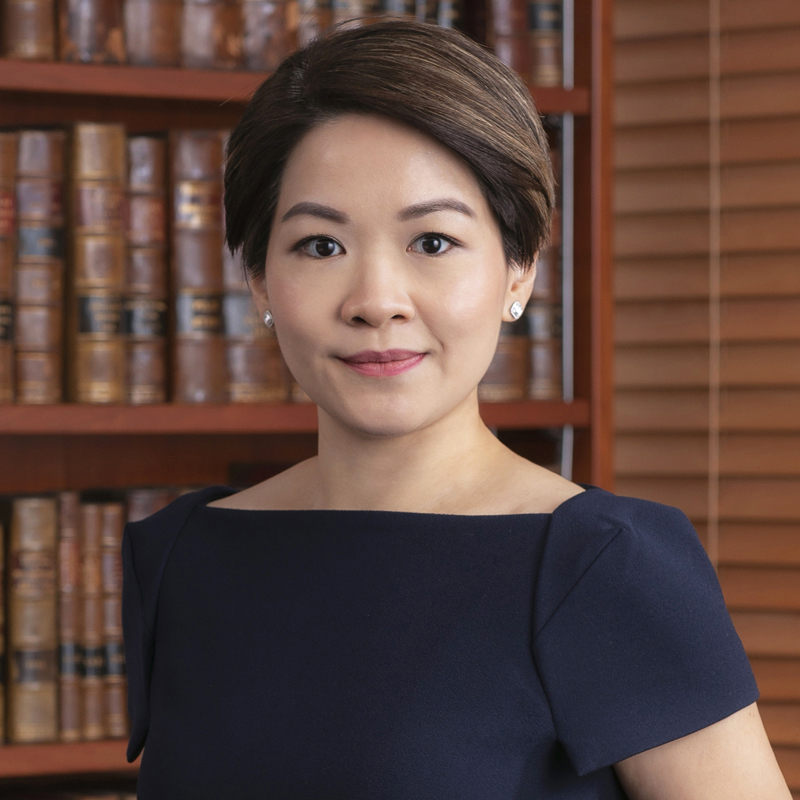HKSAR v Cheung Tze Hong (張子康) [2021] 5 HKLRD 248, [2021] HKCA 900
Pauline Leung (led by Selwyn Yu SC) appeared for the successful applicant in HKSAR v Cheung Tze Hong [2021] 5 HKLRD 248, [2021] HKCA 900.
D appeared before the High Court on eight counts. Counts 1 and 2 were of offences against a woman referred to as X. They were respectively of indecent assault and rape. Counts 3 to 8 were of offences against a woman referred to as Y. They were respectively of false imprisonment, assault occasioning actual bodily harm, rape and robbery. During the course of the trial, D pleaded guilty to Counts 1 to 7. Count 8 was left on the Court’s file marked not to be proceeded with without leave of the Court. Later, D refused to admit any of the facts contained in the Summary of Facts, and sought, after having been put in the jury’s charge, to reverse his pleas of guilty to pleas of not guilty. He gave evidence in support of his application to reverse his pleas. The Judge dismissed the application. As D was in the charge of the jury, the Judge directed them to return guilty verdicts on the counts to which he had pleaded guilty. They did so. A Single Judge granted D leave to appeal against his convictions on Counts 1 and 2. Before the Court of Appeal, leading counsel for D argued his appeal against his convictions on Counts 1 and 2, while D himself argued his renewed application for leave to appeal against his convictions on Counts 3 to 7. In the appeal against the convictions on Counts 1 and 2, it was argued by leading counsel on D’s behalf: (i) that the Judge’s direction to the jury to return a verdict on an admission of guilt was a material misdirection in law; and (ii) that the convictions following the jury’s verdicts of guilty were unsafe by reason of an absence of underlying material facts.
Held, allowing the appeal to quash the convictions on Counts 1 and 2 and ordering a retrial on those counts but refusing the renewal application for leave to appeal against the other convictions, that:
- (1) It followed from an examination of the authorities that an admission of guilt in the form of a plea of guilty could, even in the absence of any admission of facts or sufficient evidence adduced, constitute a formal admission of guilt. A plea of guilty was clearly such an admission. It was a confession by a defendant in open court that he had committed the offence charged and a declaration by him that he was guilty of it. There was not much difference in substance between directing a jury to return a verdict of guilty and telling them that they may consider a guilty plea the strongest possible evidence of guilt, and together with other evidence adduced, return a verdict. In such circumstances, it would be perverse for a jury not to return a verdict of guilty. A defendant who entered a plea of guilty fell within the category of rare cases where a judge was justified in directing a verdict of guilty. There was no misdirection, and the ground complaining of misdirection failed. If there had been a misdirection, it would have been appropriate, leaving aside the other ground, to apply the proviso (Yager v R (1977) 13 ALR 247 applied; DPP v Stonehouse [1978] AC 55, R v Gent(1989) 89 Cr App R 247, R v Poole [2002] 2 Cr App R 13, R v Kelleher [2003] EWCA Crim 3525, HKSAR v Lui Tsi Fai [2003] 2 HKLRD 927, R v Wang [2005] 1 WLR 661, Leung Fei Wah v HKSAR (2006) 9 HKCFAR 118considered). (See paras.47 – 66.)
- (2) There was a sufficient evidential foundation to convict D on Counts 1 and 2. Where the Judge erred was that she took into account information and material which was not evidence properly adduced before the Court, consisting of prosecuting counsel’s opening and the Summary of Facts, both of which referred to matters from X’s depositions. The Judge relied on this information and material to convict and sentence on Counts 1 and 2. On that basis, the convictions on those two counts were unsafe. In the unusual and particular circumstances of the case, the conviction and sentence on those two counts was tainted by the Judge’s reliance on the prosecution’s opening and the Summary of Facts. (See paras.89, 98.)
- (3) In regard to the retrial on Counts 1 and 2, it was to be stressed that D’s pleas of guilty to them were properly and validly entered and remained “a historical fact” that could be relied upon by the prosecution in future proceedings. (See para.99.)
- (4) As to Counts 3 to 7, the pleas of guilty to them were unequivocal; the inquiry into the matter was properly conducted; evidence from D was received during such inquiry; and the Judge was guided by the relevant legal principles as stated by the authorities. (See para.101.)
[The above is excerpted from the headnote to the report in HKLRD.]


